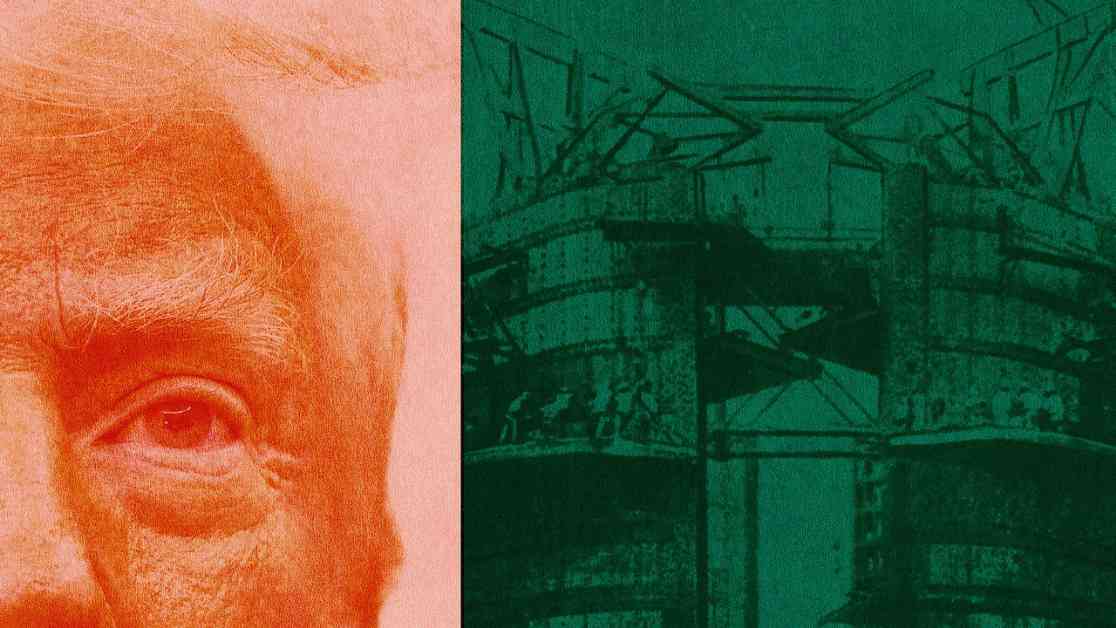The Panama Canal, a marvel of engineering that has served as a vital artery of global trade for over a century, has recently been thrust into the spotlight due to the geopolitical ambitions of President Donald Trump. The canal, with its impressive locks and gates that raise and lower ships through the continental divide, has long been a symbol of human ingenuity and progress. However, in recent years, it has also become a focal point for tensions surrounding immigration, Chinese influence, and the potential for military intervention.
Challenges in Immigration and Chinese Influence
In his first days in office, President Trump made it clear that he saw Panama and the canal as a battleground for his administration’s priorities. With a focus on halting illegal immigration and countering China’s influence in the region, Trump issued executive orders and made public statements that raised eyebrows both in Panama and around the world. The treacherous Darién Gap, a dense jungle that is the only land bridge between North and South America, has seen a surge in migrants attempting to reach the United States, prompting concerns about how to manage the influx.
The President’s aggressive stance on immigration was met with skepticism from experts like Will Freeman, who questioned the practicality of using force to stop migrants at the Panama border. Trump’s fixation on Chinese control of the canal also drew criticism, with accusations of Chinese military presence in the region refuted by Panamanian officials. The delicate balance of power in the canal zone, where Chinese companies like Hutchison Whampoa operate key facilities, has raised concerns about potential security risks and intelligence gathering.
Implications for U.S.-Panama Relations
The escalating tensions between the United States and Panama over the canal have underscored the complex dynamics at play in the region. Panama’s decision to establish diplomatic ties with China, as part of the Belt and Road Initiative, has shifted the balance of power away from traditional U.S. allies. The expansion of the canal to accommodate larger ships, a feat of modern engineering that has brought increased traffic and revenue, has also highlighted Panama’s growing importance on the global stage.
As the Trump administration considers drastic measures to assert control over the canal, including possible military intervention, experts warn of the potential for unrest and international backlash. Memories of past conflicts, such as the 1964 riots that led to Panamanian deaths and U.S. military intervention, serve as a cautionary tale of the risks involved in such a volatile situation. The implications of a U.S. takeover of the canal, both for Panama and for broader Latin American relations, could be far-reaching and unpredictable.
In the midst of these geopolitical maneuverings, Trump’s personal history in Panama adds a layer of intrigue to the unfolding drama. The controversial dispute over the Trump-branded hotel in Panama City, which culminated in a physical altercation and the removal of the President’s name from the building, serves as a poignant reminder of the tangled web of politics, business, and personal vendettas that often shape international relations. As the world watches with bated breath, the fate of the Panama Canal hangs in the balance, caught between competing interests and historical legacies.












